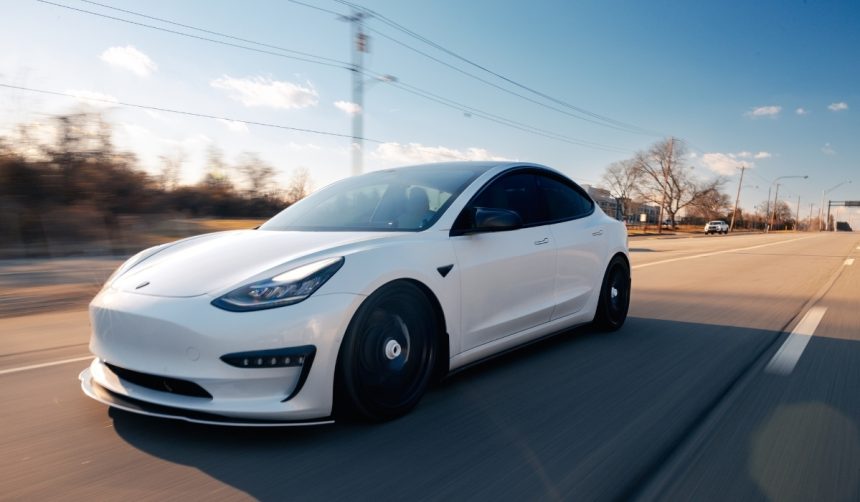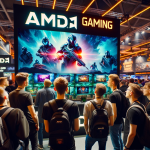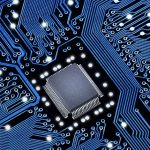Tesla has sparked significant industry attention by filing a patent for a novel active aerodynamic system, aimed at supporting the advanced performance targets of its upcoming Roadster. Electric vehicle enthusiasts have long speculated how Tesla might deliver on years-old promises of unprecedented acceleration times. The company’s new technology proposes the use of deployable skirts and fans to generate substantial downforce, potentially offering the Roadster critical stability during rapid acceleration and maneuvering. This development also raises questions about how traditional high-performance cars will respond to fresh technological competition in the EV space.
Earlier updates on the Tesla Roadster focused on its anticipated acceleration and design but lacked specifics about the underlying technology enabling such performance. Discussions around production dates and potential delays have often overshadowed the car’s technical details. Other high-performance EVs, such as the Rimac Nevera and Lotus Evija, have centered on battery capacity and motor output to achieve quick 0-60 mph times. Tesla’s new patent highlights an alternative route, prioritizing aerodynamics and ground effect for traction, indicating a shift from solely relying on raw power to integrating advanced aerodynamic solutions.
How Will Tesla Achieve Fast Acceleration?
The patent documentation outlines a multi-mode active aero system that incorporates deployable skirts and ground-directed fans to create low-pressure regions beneath the vehicle. This forms a type of sealed or semi-sealed area under the car, which is then subjected to vacuum-like effects, increasing downforce and maintaining tire traction. These technologies aim to address the physical limitations that come with achieving sub-1 second acceleration in a road-legal car.
What Does the New Roadster Offer Beyond Speed?
Tesla’s CEO Elon Musk emphasized in February 2024 that performance metrics alone do not encapsulate the Roadster’s appeal. Achieving a 0-60 mph time under one second is described by Musk as “the least interesting part” of the vehicle, implying that the car will also feature novel driving dynamics and possibly new forms of connectivity or design integration. He notably remarked,
“We have radically increased the design goals for the new Tesla Roadster.”
Additionally, Tesla has highlighted that the application of the patented tech may support stability on both the track and public roads.
Could This Patent Redefine Electric Supercars?
If implemented, Tesla’s solution may establish new benchmarks for electric supercars, extending beyond just sprint times. Fan-augmented downforce systems are more commonly seen in specialized motorsport vehicles rather than road-legal models. The technology’s adoption in a commercial product like the Roadster could pave the way for similar systems in future Teslas or influence industry-wide aerodynamic strategies. The company notes,
“The system operates by creating bounded […] regions beneath the vehicle through the selective deployment of skirts that interact with the ground surface.”
Patent filings often reflect early-stage concepts and may not represent features that appear in production models. Yet, Tesla’s willingness to invest in unconventional methods—such as combining fan-driven downforce with deployable skirts—signals an intent to differentiate its product through engineering rather than iterative motor improvements alone. It also suggests a potential for dynamic handling improvements, not just straight-line speed, distinguishing the Roadster’s technology from that of competitors who largely focus on motor and battery advancements.
For readers, understanding that high-performance EVs can rely on more than powertrain upgrades is key to following the segment’s ongoing development. The prospect of integrating advanced aerodynamic solutions aligns with emerging trends where stability and control are as prized as acceleration. Car buyers seeking both high speed and handling could benefit from these innovations, as manufacturers balance regulatory requirements and consumer demand for next-generation driving experiences. Observing how Tesla’s patent influences both the upcoming Roadster and the broader sector will be critical as automotive technology continues to diversify.










